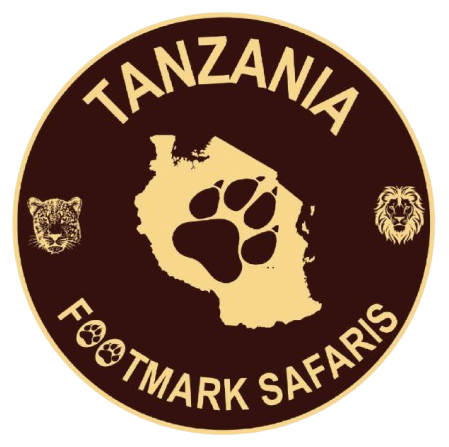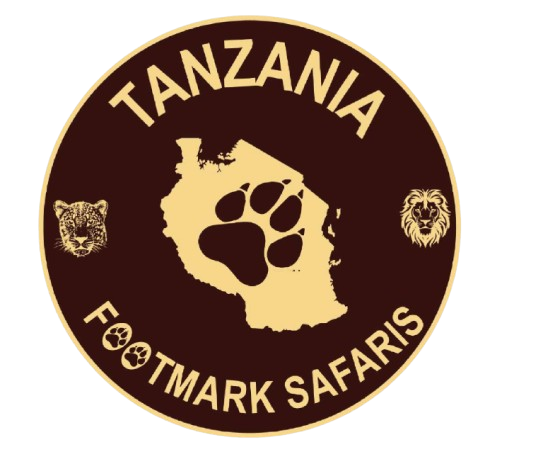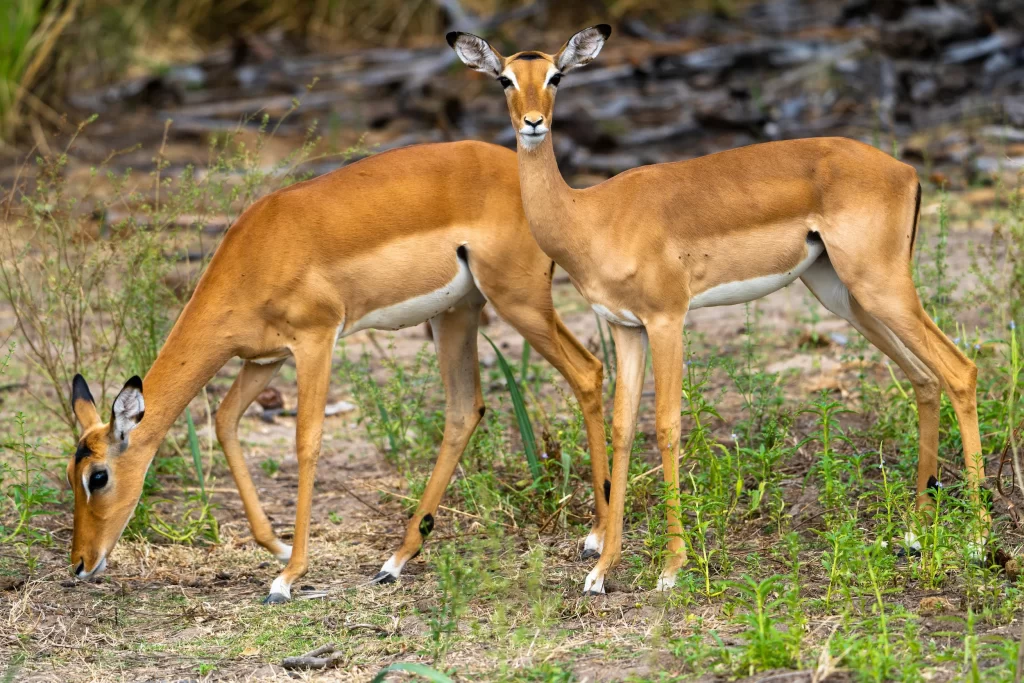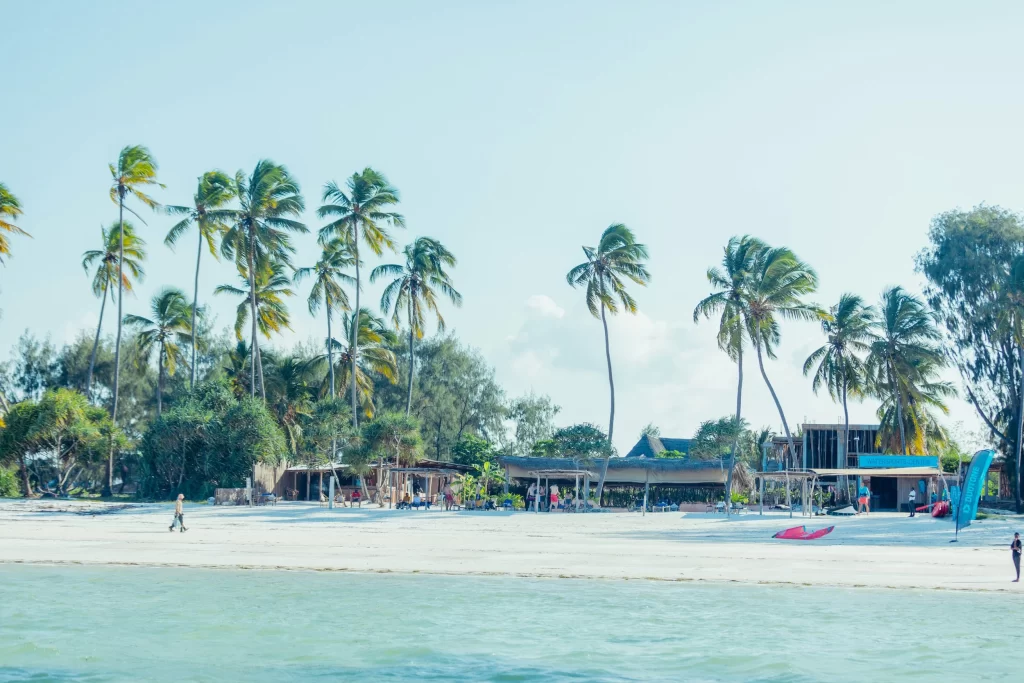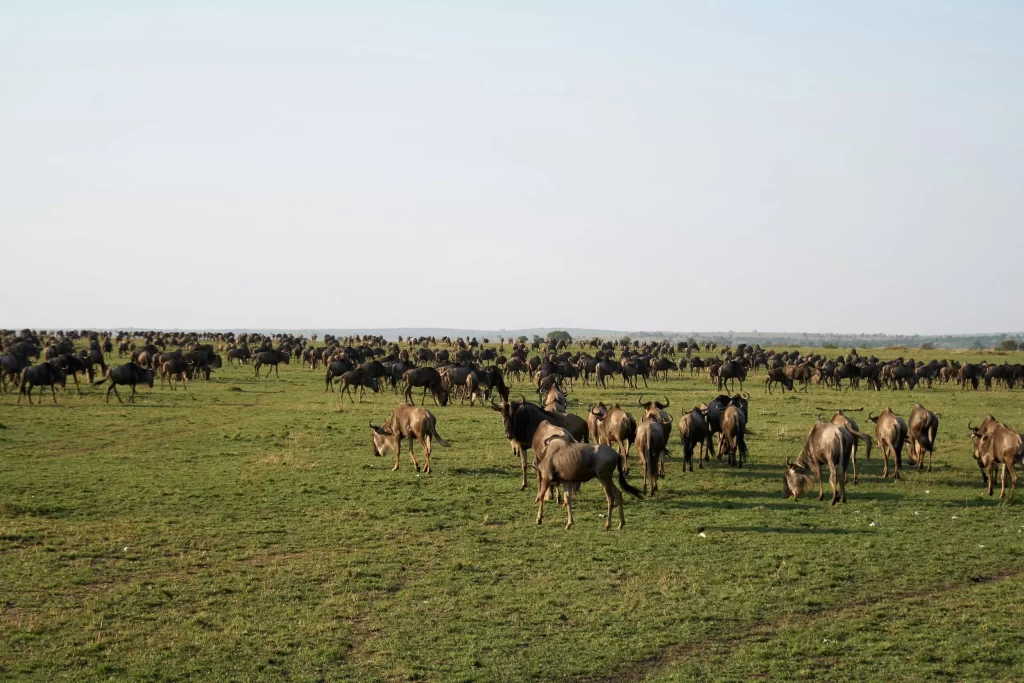7 Days – Kilimanjaro Climb – Machame Route Itinerary
The Machame route on Kilimanjaro is a seven day camping route which allows for excellent acclimatization and particularly diverse scenery. It has been called the Whiskey route in the past and nowadays about 35% of all climbers on the mountain use it.
In a matter of days you will climb Kilimanjaro from the equator up to an Arctic zone, moving through grasslands, tropical rainforest, alpine meadows, moorlands and high desert to snow and ice. Each day on this route presents quite a distinct ecosystem to experience, which is one reason it is so popular.
The other reason is that the seven day program begins on the south west side of the mountain and traverses around to the south east side, enabling you to sleep at the same altitude for three consecutive nights which significantly aids altitude acclimatization. This means that our summit success rate on this route is quite high at around 85%.
We only run seven day trips on Kilimanjaro which is the recommended minimum number of days by all the international mountain associations such as the UIAA (International Climbing and Mountaineering Federation), plus our own assessment of mountain safety. The Machame route could be done in six days by missing out Karanga Valley and going straight to Barafu, but experience tells us that this leads to increased sickness and a much lower summit success rate.
ARRIVAL DAY AT JRO- ARUSHA.
Our staff will meet you at the airport to pick up you. We will introduce to you before starting the drive to our hotel in Arusha. After check in, we will arrange the good time to come and have a briefing for Kilimanjaro trekking for which things should be carried for necessary and the general things to do while you’re on the mountain. Then we will leave you for relaxing until the next day ready to the gate. The accommodation and meal plan will be Bed and Breakfast at Iliboru safari Lodge (BB).
DAY 1 – Machame Gate to Machame Camp
The drive from Arusha to the Machame Gate takes about 1.5 hours. The journey passes through the village of Machame which is located on the lower slopes of the mountain. As we leave the park gate, we walk through the dense rainforest on a winding trail up a ridge until we reach the Machame Camp.
DAY 2 – Machame Camp to Shira 2 Camp
We leave the glades of the rainforest and continue on an ascending path up to a steep, rocky ridge. On the Shira Plateau, we pass through heather and open moorlands, then cross a large river gorge to Shira 2 Camp.
DAY 3 – Shira 2 Camp to Lava Tower to Barranco Camp
We continue to the east up a ridge and then head southeast towards the Lava Tower – a 300 ft tall volcanic rock formation. We descend down to Barranco Camp through the strange but beautiful Senecio Forest to an altitude of 13,000 ft. Although you begin and end the day at the same elevation, the time spent at higher altitude is very beneficial for acclimatization.
DAY 4 – Barranco Camp to Karanga Camp
We begin the day by descending into a ravine to the base of the Great Barranco Wall. Then we climb the non-technical but steep, nearly 900 ft cliff. From the top of the Barranco Wall, we cross a series of hills and valleys until we descend sharply into Karanga Valley. One more steep climb up leads us to Karanga Camp. This is a shorter day meant for acclimatization.
DAY 5 – Karanga Camp to Barafu Camp
We leave Karanga and hit the junction which connects with the Mweka Trail. We continue up to the rocky section to Barafu Hut. At this point, you have completed the Southern Circuit, which offers views of the summit from many different angles. Here we make camp, rest, and enjoy an early dinner to prepare for the summit day. The two peaks of Mawenzi and Kibo are viewable from this position.
DAY 6 – Barafu Camp to Uhuru Peak to Mweka Camp
Very early in the morning (around midnight), we begin our push to the summit. This is the most mentally and physically challenging portion of the trek. The wind and cold at this elevation and time of day can be extreme. We ascend in the darkness for several hours while taking frequent, but short, breaks. Near Stella Point (18,900 ft), you will be rewarded with the most magnificent sunrise you are ever likely to see coming over Mawenzi Peak. Finally, we arrive at Uhuru Peak – the highest point on Mount Kilimanjaro and the continent of Africa.
From the summit, we now make our descent continuing straight down to the Mweka Hut campsite, stopping at Barafu for lunch. The trail is very rocky and can be quite hard on the knees; trekking poles are helpful. Mweka Camp is situated in the upper forest and mist or rain can be expected in the late afternoon. Later in the evening, we enjoy our last dinner on the mountain and a well-earned sleep.
DAY 7 – Mweka Camp to Mweka Gate
On our last day, we continue the descent to Mweka Gate and collect the summit certificates. At lower elevations, it can be wet and muddy. From the gate, we continue another hour to Mweka Village. A vehicle will meet us at Mweka Village to drive us back to the hotel in Moshi. Accommodation: Iliboru Safari Lodge.
DEPARTURE DAY
What an adventure you’ve had, with memories to last a lifetime! Enjoy breakfast and still have time to do some last-minute gift shopping at Arusha Town city before driving to Kilimanjaro International Airport (JRO). This will depend on the flight time; we advise arriving at the airport 2 hours before departure.
You can now consider yourself amongst the most experienced of safari travelers, having accomplished a round Tanzania trip and back again, visiting the most renowned game reserves in Tanzania and witnessing nature in all its great abundance. Well done!
Includes:
- Tanzania VAT on tourism activities and park fees for Kilimanjaro.
- Kilimanjaro camping fees.
- Return airport transfers.
- Concession fees for Kilimanjaro National Park.
- Hotel lodging the night before the climb, Bed and Breakfast (BB).
- Transfer from your hotel to the starting point for your climb and back to the hotel on the last day.
- Night after the climb, with dinner and breakfast included.
- Kilimanjaro National Park rescue fees (Kilimanjaro Rescue Team).
- Emergency oxygen (for use in emergencies only – not as summiting aid).
- Basic first aid kit (for use in emergencies only).
- Qualified mountain Spanish-speaking guide, assistant guides, porters, and cook.
- Salaries for mountain crew as per guidelines set by Kilimanjaro National Park.
- Breakfast, lunch, and dinner, as well as hot drinks on the mountain.
- Water for washing up daily.
- Porter to carry your duffel bag (max weight 15kg / 32 lbs) from one camp to the next camp.
- Kilimanjaro National Park certificate for your successful summit attempt.
- A comprehensive Climbing Kilimanjaro info pack.
Excludes:
- International flight tickets.
- Items of a personal nature.
- Tips to our crews.
- Travel insurance.
- Travel visa.
- Travel passport.
- Alcoholic drinks.
- Laundry.
- Sleeping bags and mattresses.
